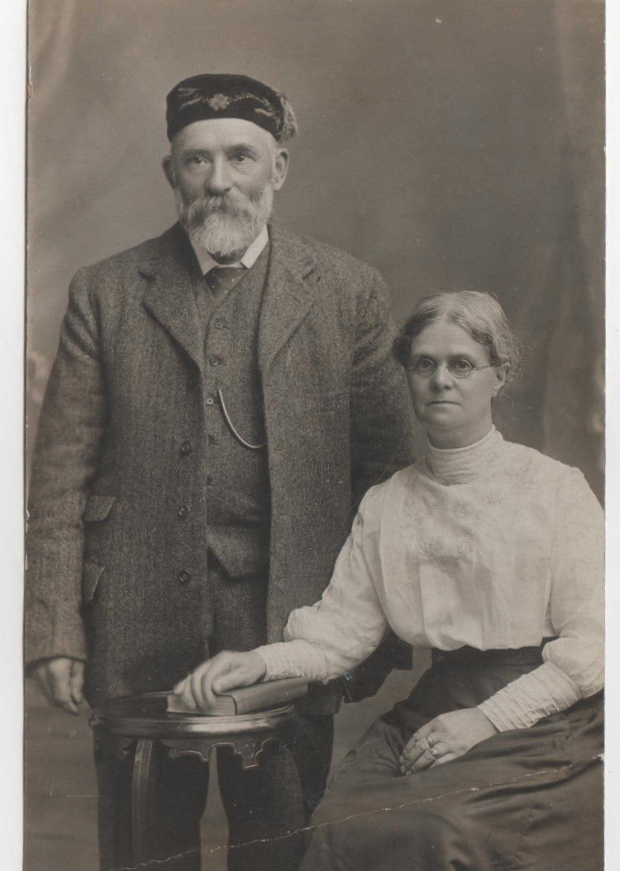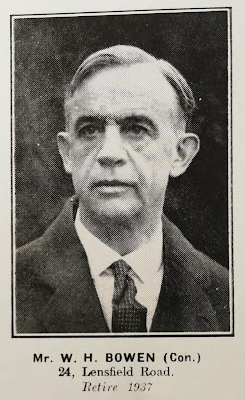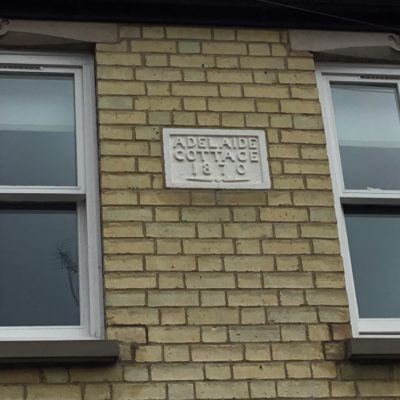Search by topic
- archaeology
- Building of Local Interest
- charity
- church
- crime
- dressmaker
- fire
- Great Eastern Railway
- Listed building
- Mapping Relief
- medieval
- oral history
- poverty
- Public House
- Rattee & Kett
- Religious House
- Roman
- scholar
- school
- Then and Now
- tudor
- women
- work
- world war one
- world war two
Search by text
3 Ainsworth Street
3 Ainsworth Street
Number 3 Ainsworth Street is one of a terrace of three houses on the west side of Ainsworth Street.
1881 census
Charles Allebone, head, 27, bricklayer, b. Somersham, Huntingdonshire
Eliza Allebone, wife, 25, b. Brimstone Hill, Cambridgeshire
Anne Allebone, daughter, 4, scholar, b. Somersham, Huntingdonshire
William Allebone, son, 3, scholar, b. Somersham, Huntingdonshire
Charles Allebone, son, 11 months, b. Cambridge
William Allebone, lodger, 22, bricklayer’s labourer, b. Somersham, Huntingdonshire
1891 census
William Robert Pilgrim, head, 42, stationary engine driver, b. Cambridge
Mary A E Pilgrim, wife, 30, b. Cambridge
William Robert Pilgrim, son, 17, tailor, b. Cambridge
Edith L J Pilgrim, daughter, 13, b. Cambridge
Sarah G Pilgrim, daughter, 9, scholar, b. Cambridge
Henry Morris Pilgrim, son, 2, b. Cambridge
Valentine George Pilgrim, son, 10 months, b. Cambridge
William Robert Pilgrim lived at no. 3 with his second wife Mary and five of his six children. The Pilgrim family previously lived at 63 Sturton Street.
William and Mary married on 12 July 1886. William gave his address as Ainsworth Street.
The 1881 Census shows that William was working as an engine driver at the coprolite mill. By the 1901 Census the family had moved to Fulbourn, where William was an engine driver at the pumping station.
Henry Pilgrim later became a Lieutenant in the Army. Valentine Pilgrim became a Corporal in the Army and married Emily Rolph at the Congregational Church in Fulbourn on 10 August 1918.
1901 census
Alfred J Herring, head, 26, printer, compositor, worker, b. Grantham, Lincolnshire
Alice Herring, wife, 24, b. Cambridge
Alice E Herring, daughter, 5, b. Cambridge
The Herring family moved here from Sturton Street, and stayed here until 1905.
Alfred (or Brother Herring) was a member of the Ancient Order of Foresters and held the role of ‘Poor Man’s Friend’, which he appears to have taken on in about 1900.
1911 census
Charlotte George, head, widow, 62, charwoman, b. Cambridge
Arthur George, son, 26, florist’s assistant, b. Cambridge
France [Frances?] Chapman, boarder, 24, tailoress, b. Fulbourn, Cambridgeshire
1921 census
Harry W Maltby, head, 1885, 35, painter decorator (house), b. Cambridge
Mary Maltby, wife, 1886, 34, home duties, b. Newmarket, Cambridgeshire
Doris M Maltby, daughter, 1911, 9, b. Cambridge
Harry Walter Maltby married Martha Mary Diver in 1910. The 1911 Census shows them living at 14 Ainsworth Street, and the Electoral Register tells us that they had moved to no. 3 by 1914. Harry served as a driver in the Royal Field Artillery during WWI, and in the 1918 Electoral Register he is shown as an ‘absent voter / naval or military voter’.
In 1921, Harry was a painter and decorator working for S Pauley of Quay Side, Cambridge.
In 1931 they were joined by Emma Alice Blanden, a butcher’s widow who had moved from James Street.
The Maltby family moved to Kendal Way by 1935, and Emma Blanden remained at no. 3, living with Florence Upton. Emma died in 1940, aged 82.
Sources: UK census records (1881 to 1921), General Register Office birth, marriage and death indexes (1837 onwards), the 1939 England and Wales Register, Cambridge Independent Press, 18 Oct 1901 / 17 Jan 1902 and Cambridgeshire, England, Electoral Registers, Burgess Rolls and Poll Books (1905, 1914, 1918), WWI Service Medal and Award Rolls, 1914–1920.
Contribute
Do you have any information about the people or places in this article? If so, then please let us know using the Contact page or by emailing capturingcambridge@
License
This work is licensed under CC BY-NC-SA 4.0









